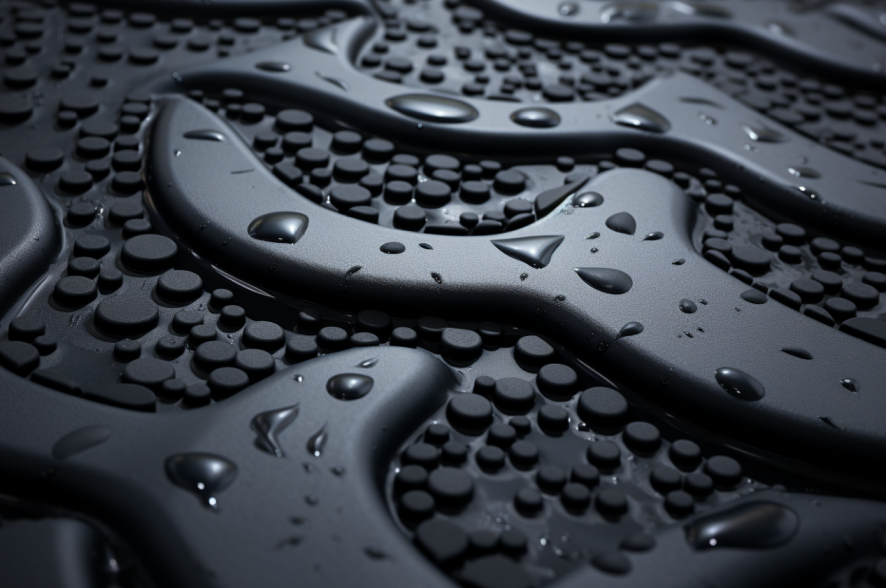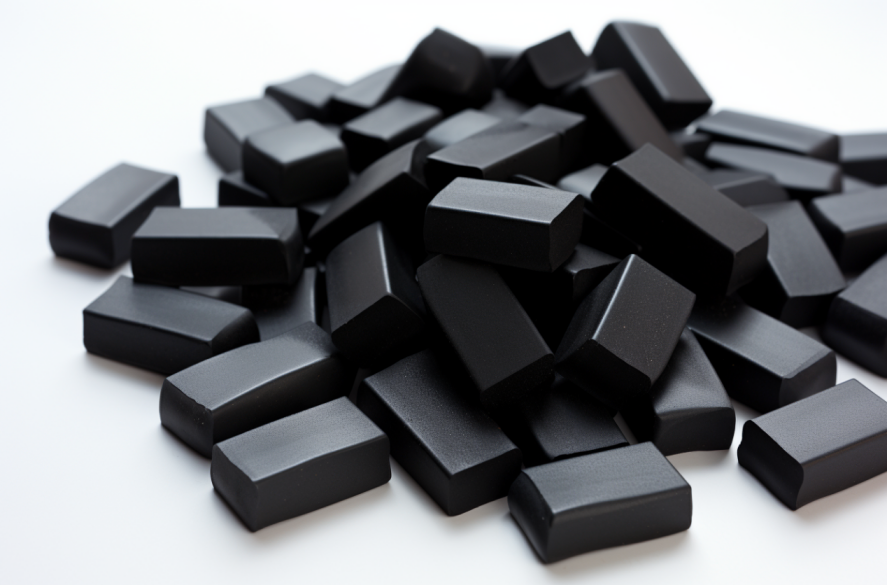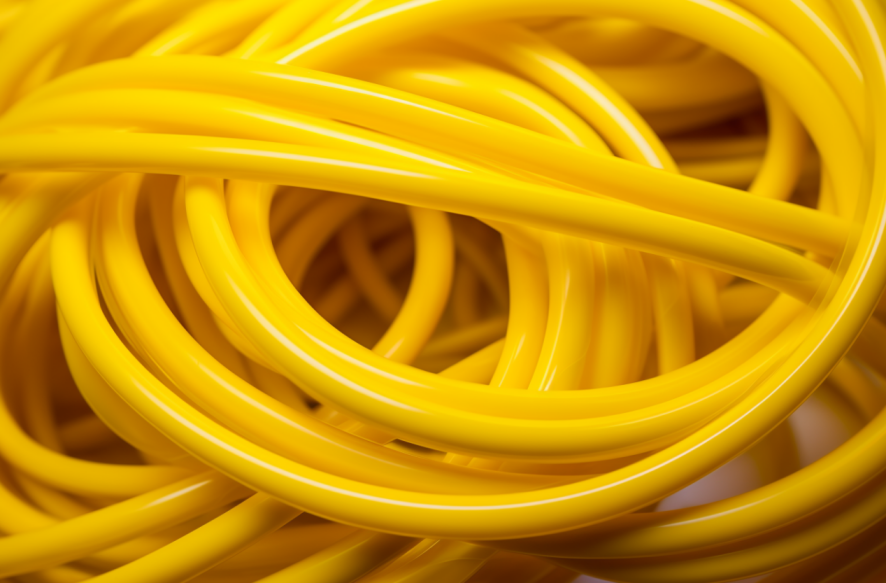Vulkanox 4010: An Overview of the Antioxidant Additive
19/01/2024
Vulkanox 4010 is a chemical compound that is widely used as an antioxidant in various industrial applications. It is a member of the family of phenolic antioxidants and is known for its excellent thermal stability and high resistance to oxidation. The compound is commonly used in the production of rubber and other polymer-based materials, where it helps to prevent degradation and extend the lifespan of the material.
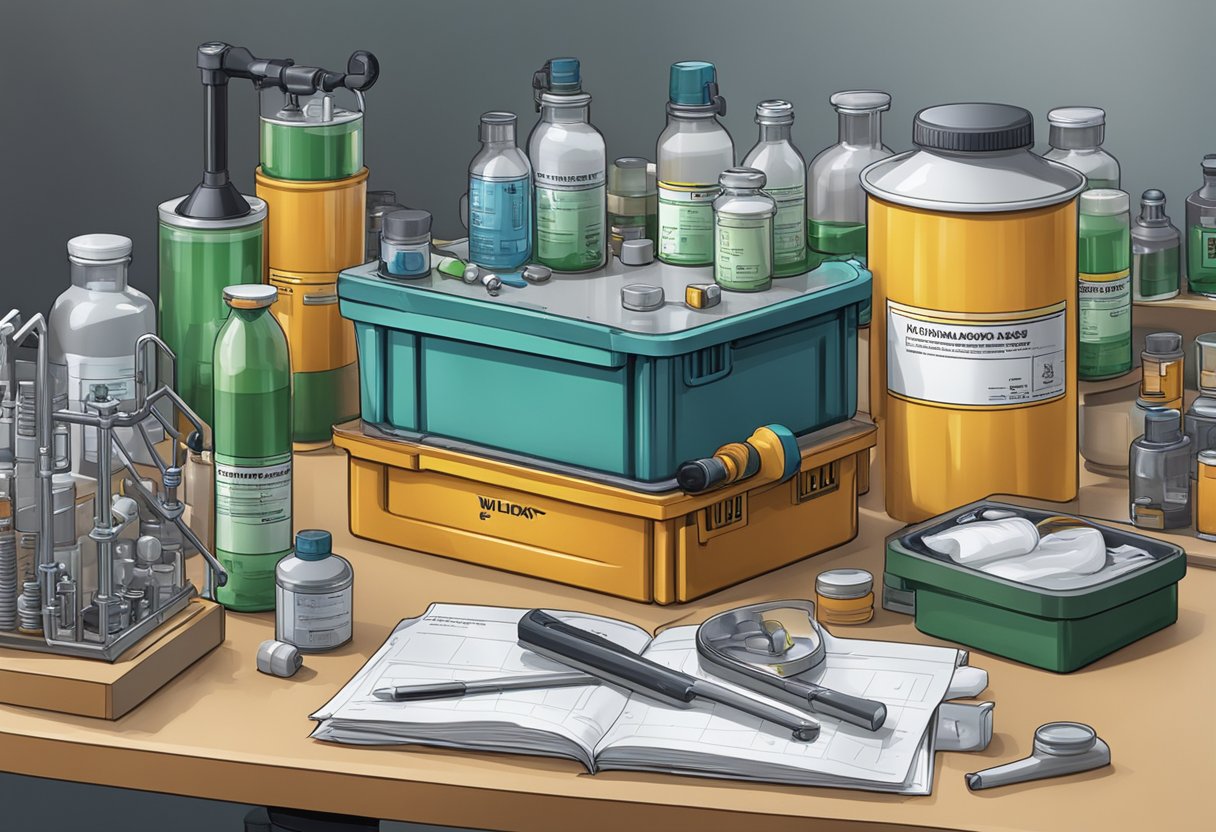
Vulkanox 4010 is also used as a stabilizer in the production of plastics and other synthetic materials. It helps to prevent degradation caused by exposure to heat, light, and oxygen, which can cause the material to become brittle and lose its structural integrity. The compound is also used as an additive in the production of lubricants and fuels, where it helps to prevent the formation of harmful byproducts that can damage engines and other mechanical systems.
Overall, Vulkanox 4010 is a versatile and highly effective antioxidant and stabilizer that is widely used in a variety of industrial applications. Its excellent thermal stability and resistance to oxidation make it an ideal choice for use in high-temperature environments, while its ability to prevent degradation and extend the lifespan of materials makes it an essential component of many manufacturing processes.
Chemical Composition
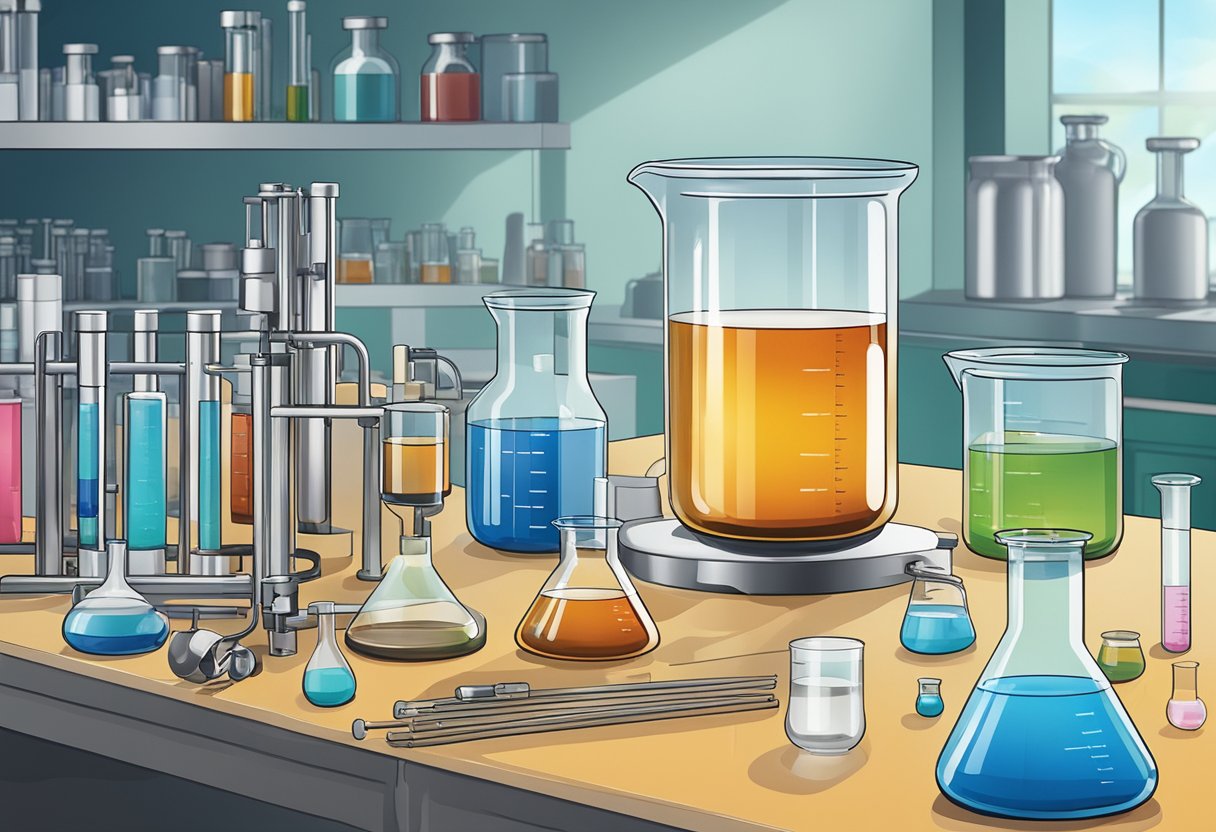
Vulkanox 4010 is a rubber antioxidant that is widely used in the rubber industry due to its excellent performance. The chemical composition of Vulkanox 4010 is primarily composed of 4,4′-bis(α,α-dimethylbenzyl) diphenylamine, which is commonly referred to as BBPD.
Monomer Structure
BBPD is a diphenylamine-based antioxidant that is composed of two aromatic rings linked by a nitrogen atom. The two benzene rings are substituted with α,α-dimethylbenzyl groups, which provide steric hindrance to the nitrogen atom. This structure is essential for its antioxidant properties.
Additives
In addition to BBPD, Vulkanox 4010 also contains other additives that enhance its performance. These additives include a small amount of wax, which improves its dispersibility in rubber, and a small amount of silica, which acts as a carrier.
Overall, Vulkanox 4010 is a reliable rubber antioxidant that has proven to be effective in various applications. Its chemical composition and additives work together to provide excellent protection against oxidative degradation, extending the lifespan of rubber products.
Physical Properties
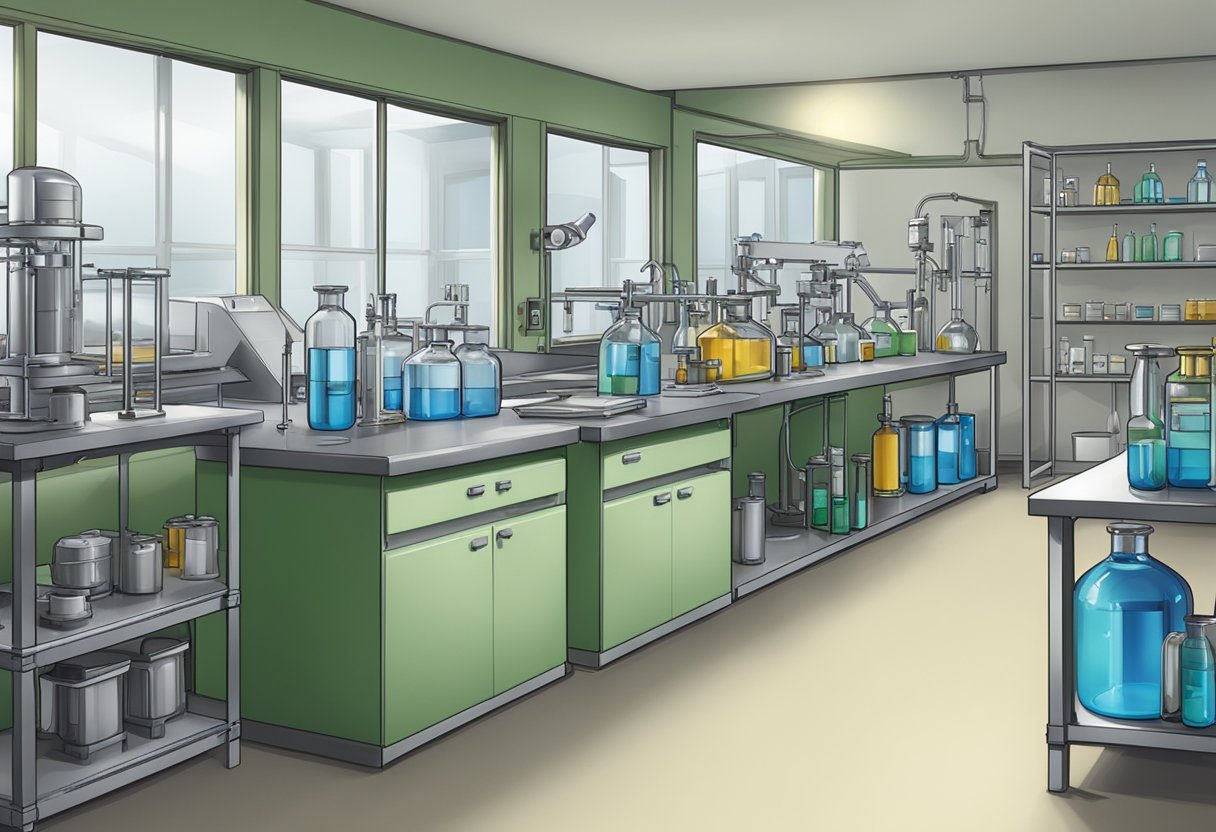
Density
Vulkanox 4010 is a solid substance with a density of 1.17 g/cm³ at room temperature. This value indicates that it is a relatively dense material, and it is important to consider this property when handling and transporting it.
Melting Point
The melting point of Vulkanox 4010 is approximately 70°C. This property is important to consider when using this substance in high-temperature applications, as it may begin to degrade or lose effectiveness if exposed to excessive heat.
Overall, the physical properties of Vulkanox 4010 make it a useful material for a variety of applications. Its high density and relatively low melting point make it suitable for use in a range of industries, including the production of rubber and plastics. However, it is important to handle and store this substance properly to ensure its effectiveness and prevent any potential safety hazards.
Industrial Applications
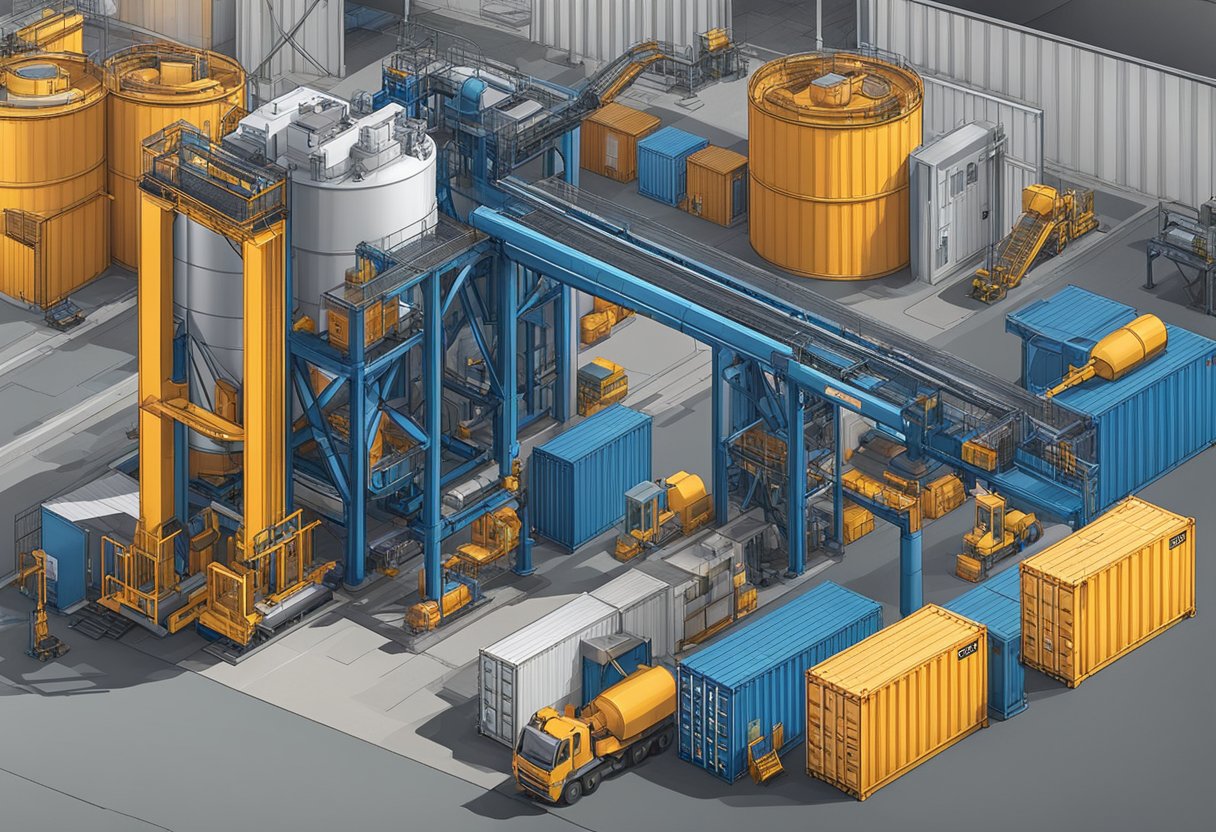
Rubber Manufacturing
Vulkanox 4010 is widely used in the rubber industry as an antioxidant and stabilizer. It helps to prevent degradation of rubber during processing and storage, which can lead to reduced product performance and lifespan. By inhibiting the oxidation of rubber, Vulkanox 4010 helps to maintain the physical and chemical properties of rubber compounds, resulting in improved durability, resilience, and resistance to cracking and aging.
Rubber products that commonly incorporate Vulkanox 4010 include tires, hoses, seals, gaskets, belts, and other industrial and automotive components. The antioxidant properties of Vulkanox 4010 make it particularly useful in applications where rubber is exposed to heat, light, and other environmental factors that can accelerate degradation.
Protective Coatings
Vulkanox 4010 is also used in the production of protective coatings and paints. Its antioxidant properties help to prevent the breakdown of polymers and other organic compounds in coatings, which can result in discoloration, cracking, and other forms of damage. By stabilizing the chemical structure of coatings, Vulkanox 4010 helps to maintain their appearance and performance over time.
Coatings that commonly use Vulkanox 4010 include those used in the construction, automotive, and aerospace industries. These coatings may be applied to metal, plastic, or other surfaces to provide protection against corrosion, weathering, and other forms of damage. Vulkanox 4010 can help to extend the lifespan of these coatings, reducing the need for frequent maintenance and repair.
Safety and Handling
Storage Guidelines
Proper storage of Vulkanox 4010 is essential to maintain its quality and safety. It is recommended to store this chemical in a cool, dry, and well-ventilated area, away from direct sunlight, heat, and sources of ignition. The temperature should be kept below 25°C (77°F) to prevent decomposition and degradation of the product.
When storing Vulkanox 4010, it is important to keep it away from incompatible materials, such as strong oxidizing agents, acids, and bases. It should be kept in its original container, tightly closed and properly labeled. The container should be made of a material that is compatible with Vulkanox 4010, such as stainless steel, glass, or polyethylene.
Disposal Methods
Disposal of Vulkanox 4010 must be done in accordance with local, state, and federal regulations. This chemical is considered hazardous waste and should be disposed of properly. It should not be disposed of in the regular trash or poured down the drain.
The most common method of disposal for Vulkanox 4010 is incineration. This should be done in a licensed facility that is equipped to handle hazardous waste. Another option is to dispose of it through a licensed hazardous waste disposal company.
Before disposing of Vulkanox 4010, it is important to consult the safety data sheet (SDS) for specific instructions and precautions. It is also recommended to wear appropriate personal protective equipment (PPE) when handling and disposing of this chemical.
Overall, proper handling and storage of Vulkanox 4010 is crucial to ensure the safety of workers and the environment. Disposal must be done in accordance with regulations to prevent harm to human health and the ecosystem.
Environmental Impact
Biodegradability
Vulkanox 4010 is a synthetic organic chemical compound that is not biodegradable. This means that it cannot be broken down by natural processes in the environment. When released into the environment, it can persist for a long time and potentially accumulate in living organisms, leading to toxic effects.
Regulatory Compliance
Vulkanox 4010 is subject to various regulations and guidelines regarding its use and disposal. In the United States, it is regulated by the Environmental Protection Agency (EPA) under the Toxic Substances Control Act (TSCA). The European Union also regulates it under the Registration, Evaluation, Authorization and Restriction of Chemicals (REACH) regulation.
Users of Vulkanox 4010 must comply with these regulations to ensure that it is used and disposed of safely and responsibly. This includes proper labeling, handling, storage, transportation, and disposal of the chemical. Failure to comply with these regulations can result in fines and other legal consequences.
Overall, while Vulkanox 4010 has important industrial applications, its potential environmental impact should be carefully considered and mitigated through proper regulation and responsible use.
Health Effects
Toxicology
Vulkanox 4010 is a chemical substance that is classified as harmful if ingested, inhaled, or absorbed through the skin. The substance can cause skin irritation, eye irritation, and respiratory problems. The toxicology of Vulkanox 4010 has been extensively studied, and it has been found to be a moderate hazard to human health.
Studies have shown that exposure to Vulkanox 4010 can cause damage to the liver, kidneys, and lungs. Long-term exposure to the substance can lead to chronic health problems, such as cancer and reproductive issues. It is important to take precautions when handling Vulkanox 4010, including wearing protective clothing and using proper ventilation.
Exposure Limits
Exposure to Vulkanox 4010 should be limited to safe levels to prevent health problems. The Occupational Safety and Health Administration (OSHA) has set a permissible exposure limit (PEL) for Vulkanox 4010 at 0.1 mg/m3. This limit is designed to protect workers from harmful exposure to the substance.
In addition to the OSHA PEL, the American Conference of Governmental Industrial Hygienists (ACGIH) has established a threshold limit value (TLV) of 0.05 mg/m3 for Vulkanox 4010. This limit is based on the latest scientific research and is designed to protect workers from the harmful effects of the substance.
It is important to follow these exposure limits and take all necessary precautions when handling Vulkanox 4010 to ensure the safety of workers and prevent health problems.
Analytical Methods
Quality Control
The quality control of Vulkanox 4010 is performed using various analytical methods to ensure that the product meets the required specifications. The quality control process includes checking the purity, melting point, and other physical properties of the product. The product is also tested for its antioxidant activity, which is an important parameter for its performance in various applications.
To ensure consistency in the quality of the product, the quality control process is carried out at different stages of the manufacturing process. The raw materials used in the production of Vulkanox 4010 are tested for their purity and quality before being used in the production process. The finished product is also tested before it is released for sale.
Material Characterization
Material characterization is an essential part of the analytical methods used for Vulkanox 4010. The characterization process includes the analysis of the chemical structure, molecular weight, and other physical properties of the product. The information obtained from the characterization process is used to determine the performance of the product in various applications.
The material characterization process involves the use of various analytical techniques such as Fourier transform infrared spectroscopy (FTIR), gas chromatography (GC), and high-performance liquid chromatography (HPLC). These techniques are used to identify the chemical structure of the product and to determine the purity of the product.
In conclusion, the analytical methods used for Vulkanox 4010 ensure that the product meets the required specifications and performs well in various applications. The quality control process and material characterization process provide valuable information about the product, which helps in optimizing its performance.
Regulatory Information
Global Standards
Vulkanox 4010 is a rubber antioxidant that complies with various global standards. It meets the requirements of the European Union’s REACH regulation and is registered under the Registration, Evaluation, Authorization and Restriction of Chemicals (REACH) regulation. It is also compliant with the Toxic Substances Control Act (TSCA) in the United States.
In addition, Vulkanox 4010 meets the standards set by the International Organization for Standardization (ISO) and is certified under ISO 9001:2015 for quality management systems. This certification ensures that the product is manufactured and supplied in a consistent and controlled manner.
Certifications
Vulkanox 4010 has been certified by various organizations for its quality and safety. It has received the following certifications:
- China Environmental Labeling Certification
- Korea Eco-Labeling Certification
- Japan Green Label Certification
These certifications ensure that the product meets the environmental and safety standards set by these countries.
Overall, Vulkanox is a high-quality rubber antioxidant that meets global standards and has been certified for its quality and safety.
Technical Data Sheets
Product Specifications
Vulkanox 4010 is a high-performance antioxidant that is widely used in the rubber industry. It is a pale yellow powder that is soluble in most organic solvents and is insoluble in water. The chemical name of Vulkanox is N-isopropyl-N’-phenyl-p-phenylenediamine.
The product specifications for Vulkanox 4010 are as follows:
| Property | Value |
|---|---|
| Appearance | Pale yellow powder |
| Melting point | 155-165°C |
| Assay | Min. 96% |
| Ash content | Max. 0.3% |
| Loss on drying | Max. 0.5% |
Performance Metrics
Vulkanox 4010 is an effective antioxidant that provides excellent protection against heat and oxygen degradation of rubber products. It has a high resistance to thermal and oxidative degradation, making it ideal for use in high-temperature applications.
The performance metrics for Vulkanox 4010 are as follows:
- High thermal stability
- Excellent resistance to oxidation
- Low volatility
- Good compatibility with rubber compounds
- Low toxicity
Overall, Vulkanox is a reliable and effective antioxidant that is widely used in the rubber industry to improve the durability and longevity of rubber products.
Market Trends
Demand Analysis
Vulkanox 4010 is a widely used antioxidant in the rubber industry. The demand for Vulkanox has been steadily increasing in recent years due to the growth of the automotive and construction industries. These industries are the major consumers of rubber products, which require Vulkanox to enhance their durability and resistance to environmental factors such as heat and oxidation.
Furthermore, the increasing demand for high-performance tires and the growing awareness of safety regulations in the automotive industry have also contributed to the rising demand for Vulkanox. As a result, the demand for Vulkanox is expected to continue to grow in the coming years.
Supply Chain Dynamics
The supply chain of Vulkanox is complex and involves multiple stages, including raw material sourcing, manufacturing, distribution, and sales. The main raw materials used in the production of Vulkanox are phenol and acetone, which are sourced from various suppliers around the world.
The production of Vulkanox involves several stages, including reaction, distillation, and purification. The manufacturing process requires specialized equipment and skilled personnel, which can affect the production capacity and lead times.
The distribution of Vulkanox is mainly done through authorized distributors and agents, who ensure that the product is delivered to the end-users efficiently and on time. The sales of Vulkanox are also influenced by factors such as pricing, product availability, and customer service.
In summary, the demand for Vulkanox is expected to continue to grow due to the increasing demand for rubber products in the automotive and construction industries. The supply chain of Vulkanox is complex and involves multiple stages, which can affect the production capacity and lead times.


